Dance of the Sea Eagle
Sharing knowledge about the importance of dancing and traditional music with Uncle Allen.
Uncle Allen taught the class the dance of the Sea Eagle.
He demonstrated the movements and explained what each movement was representing.
He then narrated the dance, while also playing the didgeridoo in between movements.
Dancing and music are an important social activity for men, women and children in Aboriginal and Torres Strait Islander cultures.
Traditional dancing is very energetic and often done for ceremonial purposes.
Generally, dances imitate domestic tasks, terrestrial and marine creatures especially those that represent totems or the environment. For instance, dances could mimic sharks, kangaroos and waves or could also be about courtship, hunting with spears, shooting bow and arrows or paddling out to sea.
Aboriginal and Torres Strait Islander people have traditionally used their natural environment to make musical instruments like;
- Clap sticks;
- Didgeridoos; and
- Drums.
and continue to do so.
Our Traditional Elder
Uncle Allen Lena brought with him a didgeridoo and clap sticks on his most recent centre visit.
He imparted knowledge about the didgeridoo, the traditional wind instrument developed by Indigenous Australians of northern Australia.
The children learnt how the instruments were crafted mostly by termites that ate out the log.
This is the reason why each didgeridoo has its own unique sound.
Uncle Allen demonstrated circular-breathing, the technique of inhaling air through the nose while also being exhaled out of the mouth.
The boys in the class used large cardboard tube to imitate the sounds made by the didgeridoo as they played along with Uncle Allen.
Traditional Aboriginal customs state that males are only allowed to play the Didgeridoo.
The girls in the class used Clap Sticks to produce a rhythm to accompany the didgeridoo.
To follow on from this experience the class was provided with the opportunity to paint their cardboard didgeridoos and the wooden clap sticks which Uncle Allen brought with him.
Using the Aboriginal dot painting technique, the children added designs to their own instruments.
Everyone enjoyed Uncle Allen’s visit and can not wait to learn more about our local Aboriginal culture and the Yugambeh language in his next visit.
That’s all from Miss Patti and the Pingins this week
Also please follow our Facebook and Instagram Pages and stay up to date


